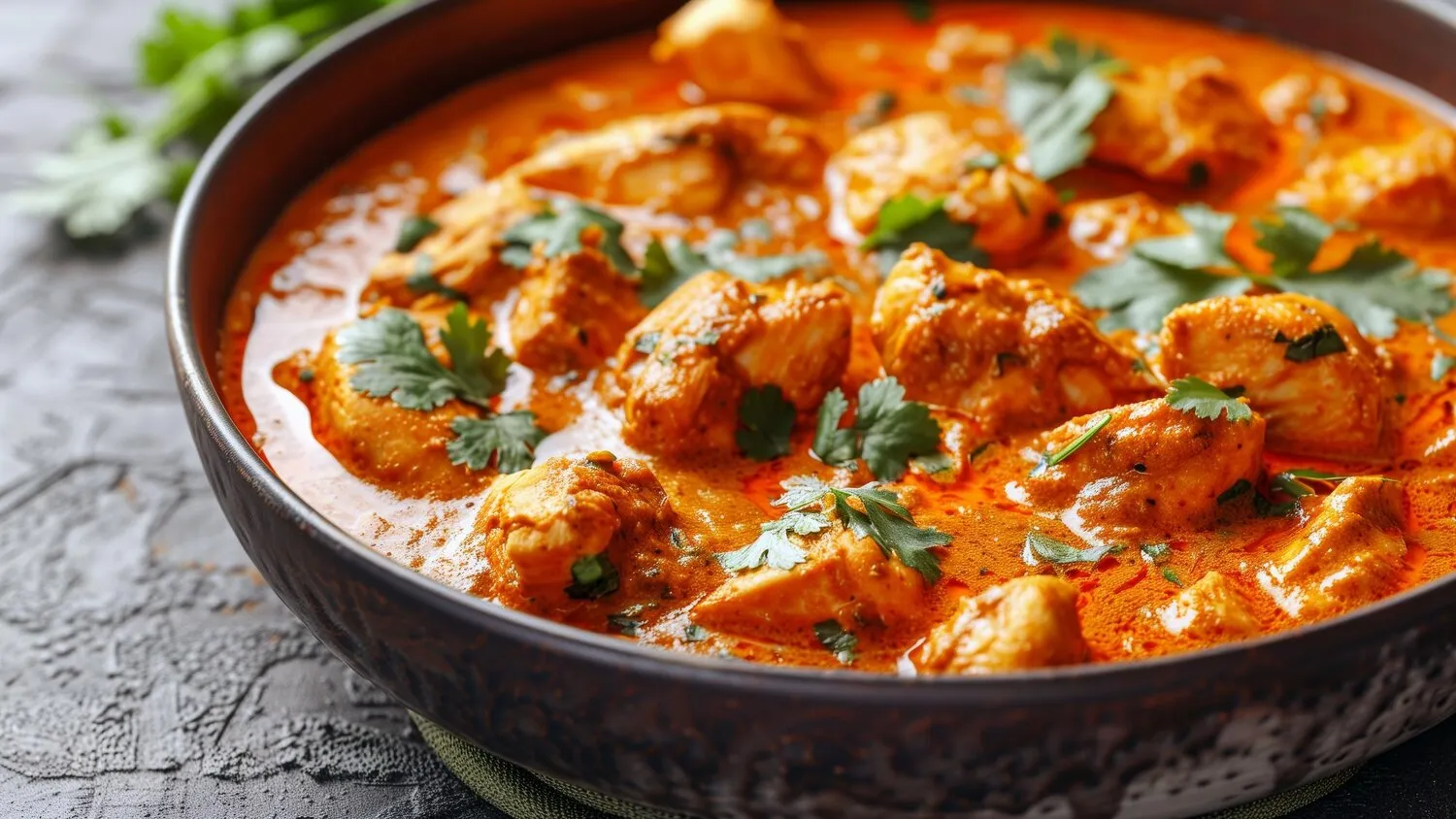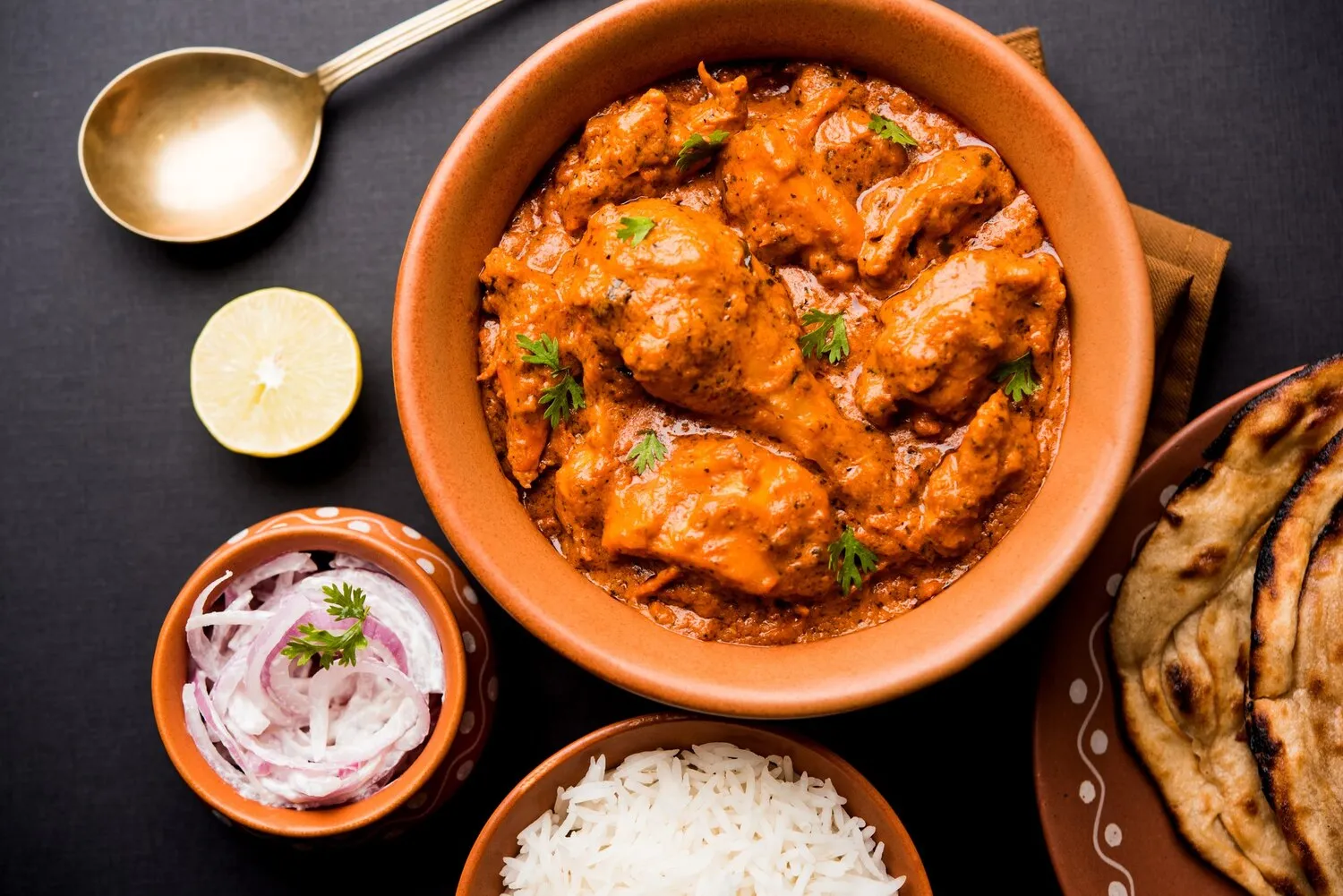
Thalis
A selection of small dishes offering a varied and balanced meal.
Nutrition Facts
* The % Daily Value (DV) tells you how much a nutrient in a serving of food contributes to a daily diet. 2,000 calories a day is used for general nutrition advice.
The concept of the Thali evolved over centuries, reflecting India's diverse culinary traditions and agricultural practices. It likely originated as a practical way to serve a balanced meal to large groups, such as families or communities, and showcases the regional variations in food preferences and available ingredients. Influences include ancient Ayurvedic principles emphasizing balanced nutrition and the regional cuisines that developed under various empires and kingdoms.
The Thali represents more than just a meal; it symbolizes hospitality, abundance, and the interconnectedness of food and culture in India. It is often served during festivals, celebrations, and family gatherings, representing a complete and nourishing offering.
Regional Variations
Thalis vary significantly from region to region in India, reflecting local ingredients and culinary styles. A Gujarati Thali might feature sweeter flavors and dishes like dhokla, while a Rajasthani Thali might be spicier and include dishes like dal baati churma. South Indian Thalis often include rice, sambar, rasam, and various vegetable preparations.
Symbolism
The arrangement of dishes on the Thali is often symbolic. The central position is usually reserved for rice or roti, considered staples. The surrounding dishes are carefully arranged to complement each other in terms of flavor and texture. The sweet dish is often placed at the end as a concluding treat.
Festivals and Celebrations
Thalis are integral to many Indian festivals and celebrations. Special Thalis are prepared for occasions like Diwali, Holi, and weddings, often featuring dishes that are considered auspicious or festive.
Thalis offer a symphony of flavors, ranging from sweet to savory, spicy to mild, and tangy to earthy. The combination aims for a balanced and satisfying culinary experience.
A typical Thali includes a variety of dishes, each contributing unique flavors. Rice or roti (flatbread) provides the carbohydrate base. Lentils (dal) offer protein and a creamy texture. Vegetable preparations (sabzi) bring in a range of tastes from bitter gourd to spiced potatoes. Curries, often featuring meat or paneer (Indian cheese), provide richness and depth. Yogurt or raita adds a cooling element. Pickles and chutneys offer tangy and spicy accents. Sweet dishes (mithai) complete the meal.
Start with Mild Flavors
Begin with milder dishes like dal and vegetables before moving on to spicier curries and pickles. This allows your palate to gradually adjust to the range of flavors.
Mix and Match
Don't be afraid to mix and match different dishes on your plate. Combining a small amount of dal with rice and a vegetable preparation can create a balanced and flavorful bite.
Use Your Hands (if comfortable)
In many parts of India, eating with your hands is considered the traditional and most enjoyable way to eat a Thali. This allows you to feel the texture of the food and better control the portion size.
Pace Yourself
A Thali is designed to be a satisfying and leisurely meal. Take your time and savor each dish.
Explore additional Indian dishes and restaurants
Explore IndianDiscover top dining spots and culinary experiences in Stirling.
Explore StirlingLearn more about the food culture, restaurant scene, and culinary heritage of Scotland.
Explore Scotland
